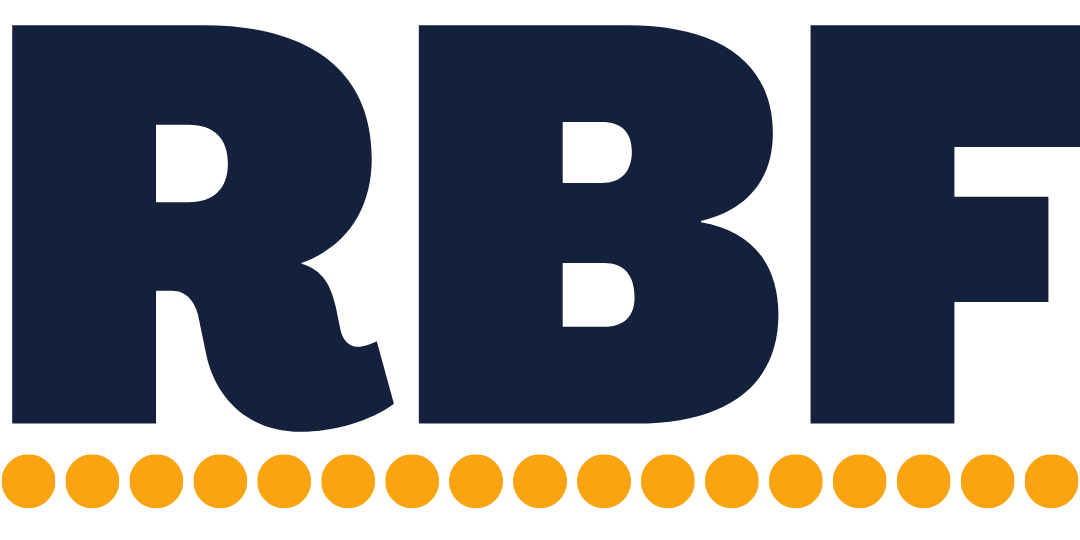How to start saving for retirement (as a business owner)
Saving for retirement is much harder for business owners than regular old employees. When saving for retirement, all employees have to do is sign 401k paperwork with HR, set a contribution amount, and pick from a list of preselected investments. Then, it’s taken care of. Their employer withholds the contribution from their paycheck, deposits it into the 401k, and handles all the retirement account compliance. Sometimes, employers will even match the contributions and give their employees free money. As a business owner, you need to do all of that (and then some) yourself. You need to pick the right retirement account for your business (and there’s a bunch of options beyond IRAs and 401ks). You need to select the right investments for your goals and risk tolerance. And, you need to make sure your accounts stay compliant.
All of these extra options and freedom have their pros and cons. On the plus side, the wider range of accounts allows business owners to save more and faster for retirement, the wider range of investments lets you pick investments that make more sense for your portfolio, anddd there’s really no pro to managing compliance, but the other two pros are pretty awesome. The downside is that all the complexity creates intense analysis paralysis. There’s so many options (and seemingly so many things you can get wrong) that you don’t know how to get started. And, many business owners never do which leaves them in a really bad spot come retirement (especiallyyy when the sale of your business isn’t enough to fund your retirement). So, that first step becomes critically important.
(Quick note: This isn’t investment advice. I don’t hold the necessary licenses. If you need help, find a financial advisor. And, if you need one, feel free to email me and I’ll connect you with a few.)
Start simple :
Saving for retirement is complicated. There’s endless options and decisions to make. But, in the very beginning, the most important thing is learning how to save and building good habits. Don’t stress about all your different options (eg the accounts, investments, etc ). Becasuse, before all that, you need to make sure you can afford to lock your money away in either a retirement account or some other long-term investment. Open a separate savings account and start setting money aside in it. Once you’ve built up a little cash, haven’t dipped into it, and are confident in your finances, then you can start researching your options (while continuing to set money aside and reinforcing that habit).
Make retirement savings part of the business plan :
Saving for retirement is typically an afterthought for many business owners. But, no one is gonna force you to save. There’s no automatic contribution that you get to sign up for (unless you run legit payroll with an integrated 401k). You need to make the active decision to save. Make retirement savings part of the plan and part of your budget. When you’re calculating how much revenue you need to turn a strong profit and to afford your living expenses, include your aspirational monthly retirement savings as a personal expense. Then, when you’re taking money out of your business earmark some of it for retirement savings.
Set a basic, ballpark savings goal:
Use a basic online retirement planning calculator to figure out your ballpark monthly savings goal (here’s one from NerdWallet). These calculators aren’t perfect. They can’t possibly account for the dozens of factors involved in financial planning. But, they’ll give you a good monthly savings target to aim for and important context into your savings goals. Without that context, you might set your savings goals too low and unintentionally save too little. As you ratchet up your monthly savings (and get closer to the ballpark monthly savings target), consider getting a real financial plan done to make sure you’re on track and all your goals and future scenarios are accounted for.
Talk to your tax pro :
Different retirement accounts have different tax benefits and contribution rules. Before opening a Roth IRA just because you heard you should on the internet, ask your accountant about it. Ask them about the tax benefits and if you’re even eligible for the retirement account you want to use (and, that goes for all other types of retirement accounts). Also, ask them about the tax consequences of an early withdrawal from a retirement account (there’s usually penalties), capital gains (if you aren’t using a retirement account), or account rollovers (there’s a right and wrong way to do it).
When to hire a financial advisor :
There’s no definite, hard-line threshold dollar amount where you should hire a financial advisor for your PERSONAL investments. You should hire one when you feel out of your depth, whether that’s at $5,000, $50,000 or $500,000 is up to you. But, there is a hard line for business retirement accounts. If you’re opening a business retirement account and have employees, you definitely need a financial advisor or some 3rd-party (like a third-party administrator, the investment arm of your payroll company, etc) that will manage compliance. There’s a slew of compliance requirements (including ERISA and fiduciary requirements) and, the cost savings of DIYing it is minimal when compared to the compliance nightmare and the exposure to very expensive lawsuits and audits.
Action Item:
- If you’re just getting started, open a separate savings account and start setting money aside. Build the savings habit and make sure you can afford to lock the money away.
- If you’re already started, use a retirement calculator to find your ballpark monthly savings target and start working your way up. If you’re close to the target, consider getting a financial plan done.
